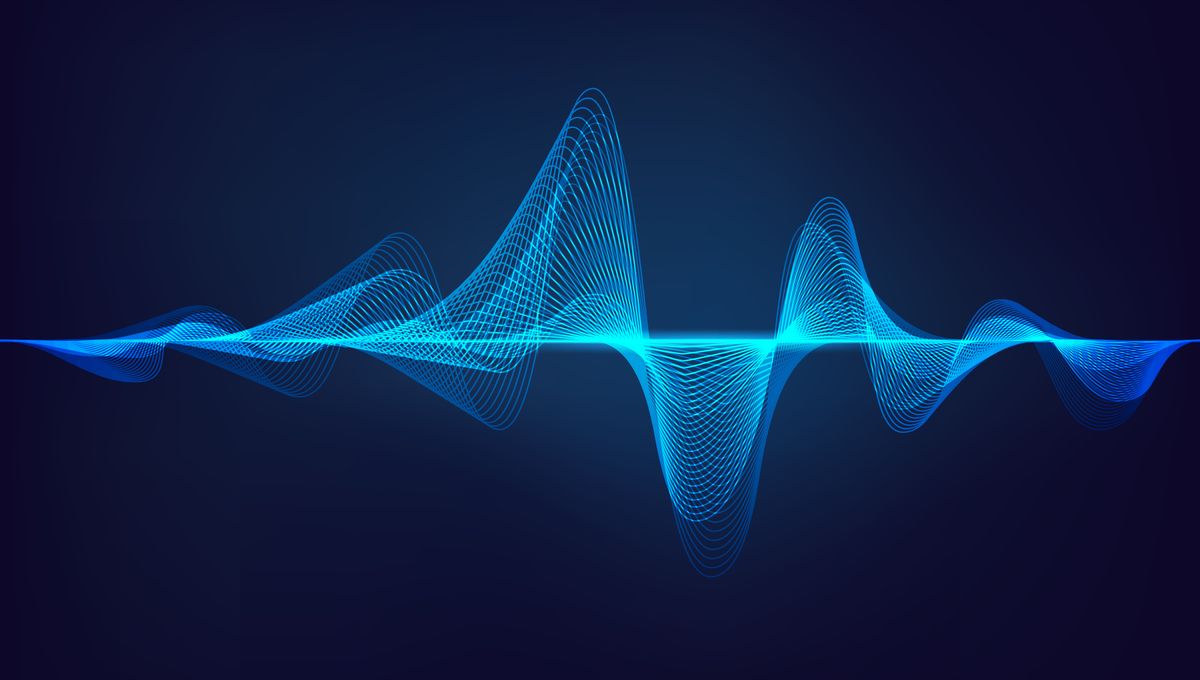
Although it’s been long suspected, researchers now appear to have confirmed that human cells have resonant frequencies – rates of vibration matching their natural frequency that causes the cells to vibrate with a larger amplitude.
This research has centered around observing the movement of microcantilevers, tiny beams that are unsupported at one end. They can bend or vibrate when a load is placed upon them, making them useful biomechanical sensors.
Previous research examining other cell characteristics had found that microcantilevers had moved in unexpected ways, leading scientists to hypothesize that the cells placed upon them were vibrating at a resonant frequency, causing the cantilevers to move.
The extent of what they discovered, however, was unexpected. “We could never imagine that a living cell… could vibrate like this,” said study author Javier Tamayo, speaking to New Scientist.
Using a 50-micrometer by 270-nanometer microcantilever made out of silicon and gold, the researchers picked up individual human breast cells from a dish and measured the motion of the cantilever and cells using the reflection of a laser.
They discovered that not only did the process of picking up the cells cause them to vibrate, but their vibration in turn caused the microcantilever to vibrate, indicating that the cells had resonant frequencies. The researchers estimated one of these ranges to be between 10 and 30 kilohertz, and the other between 150 and 180 kilohertz.
The former of the above frequencies is right on the border between audible sound and ultrasound – although fairly unlikely unless you happen to be in the quietest room in the world, this means that theoretically, it’s possible to hear our cells.
Beyond hearing what our cells have to say (at this time of year, probably along the lines of, “Please, not another mince pie!”), the findings of this study could end up being quite useful. As the authors write: “These results open multiple avenues in our understanding of single cell mechanobiology and opens the door for vibrational spectrometry of living cells in physiological conditions.”
There’s also a possibility they could be used in detecting and treating disease. Though not involved in the study, John Allen – associate professor in the department of mechanical engineering at the University of Hawaiʻi at Mānoa – told New Scientist that further research could help us detect changes in the resonant frequencies of cells affected by disease. Yun-Feng Xiao at Peking University in China added that it could also pave the way for using cells’ resonant frequencies against them, selectively destroying diseased cells with sound waves.
That’s some pretty exciting stuff.
The study has been accepted for publication in PRX Life.
Source Link: Our Cells Have Resonant Frequencies, And We Might Be Able To Hear Them